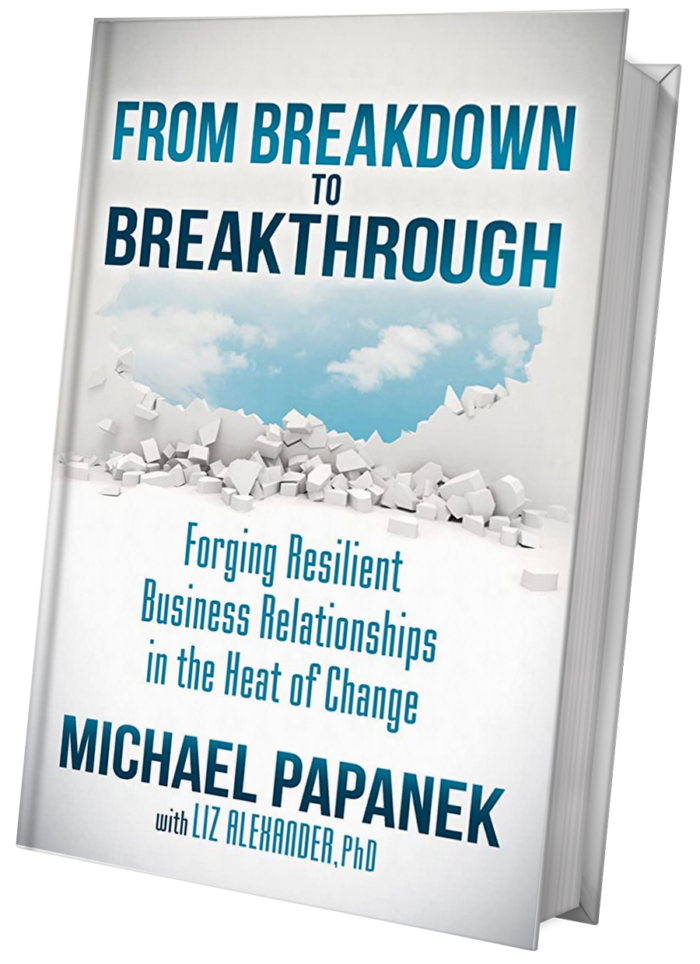Scott, former top Network and Data Center executive at Yahoo! and Apple, CEO of his own startup.
The Scenario: Scott had a reputation as a hard hitter, for more reasons than one. Scott approached his work somewhat similarly to the way he approached his hobby, boxing: protect yourself and your team, attack anyone who gets in your way, and play to win through overwhelming power and force. This approach worked for Scott throughout his career as he rose rapidly from engineer to director, producing knockout results every time.
As Scott rose higher in his company’s hierarchy, he began to notice that the competitive boxer energy that had propelled his success as an individual performer was hampering his ability to cement the leadership relationships he now relied upon. The higher he went in the organization, the more he had to learn to lead through influence rather than just smarts and brute force.
The Strategy: We identified an upcoming meeting where Scott was to present an important proposal for an idea that he and his team had been working on for some time. The participants at this meeting would either give their approval (and an extensive budget) to proceed with his idea, or not. Scott had some concerns about making this meeting successful and so decided to try some new and more effective strategies.
The “old” Scott’s plan would have been to create an overwhelming, irrefutable (“bullet-proof”) business case, so the naysayers would have to back down, but he knew this approach would not work with other leaders who had their own points of view and could make whatever decision they wanted. Instead, he decided to involve the other leaders in the creation of the plan its self, thereby gaining their ownership and support, rather than selling them on his idea. Scott made a new choice—based on his deeply held goals and values—that to succeed in the upcoming meeting he needed to achieve alignment and agreement, not win a battle.
The Results: Scott was able to create a team solution which was both much stronger than his solution and more likely to be implemented. The proposal was approved and supported with both budget and other resources from his fellow leaders. Scott achieved his business goals and built stronger relationships with other executives, which served him in other important initiatives and decisions.







